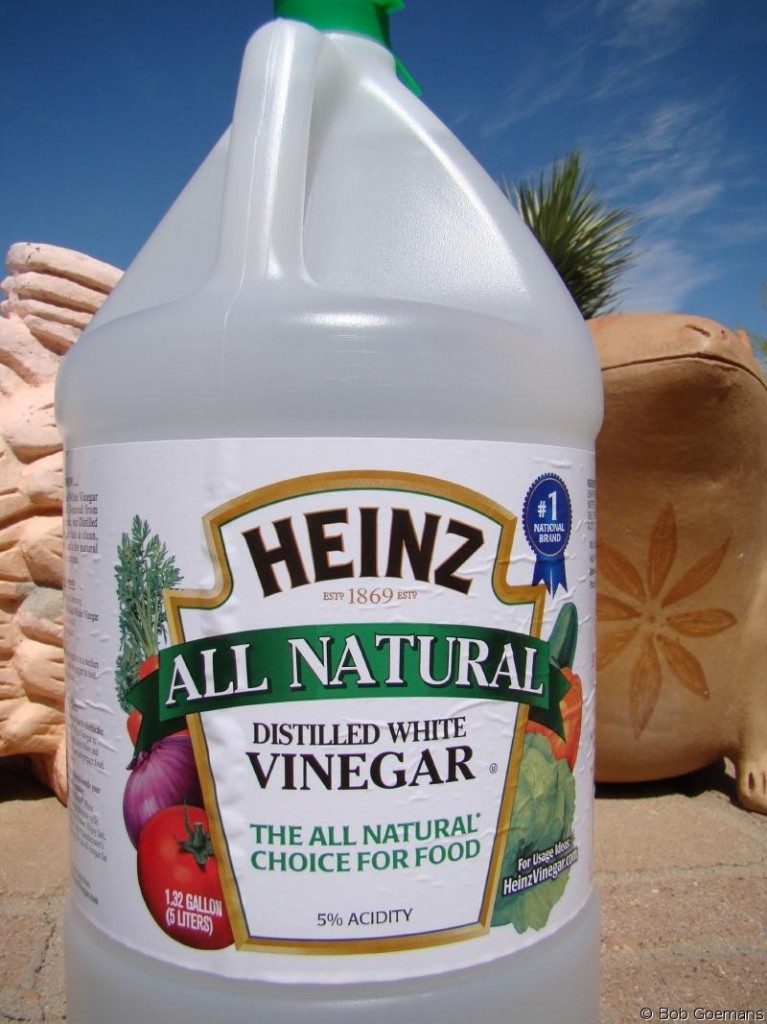Why would you want to dose vinegar? Here are the reasons:
Reduce Nitrate:
Proper vinegar dosing will decrease nitrate levels by increasing bacterial population, which are then skimmed out removing the nitrate within their cells. The bacteria may also be a good food source for many organisms, including sponges, effectively taking nitrate from the water and incorporating it into the large organisms in the aquarium. The added organic matter can also be used by bacteria growing in low oxygen areas. These bacteria can use nitrate as a source of oxygen to metabolize the added organic, producing N2 gas. Vinegar promotes such processes in bacteria biofilms and other low oxygen areas. These process further reduce nitrate beyond their ordinary needs of nitrogen.
Enhance Coral Coloration:
Thought not many color changes occur while vinegar dosing, it is claimed to cause color changes in some SPS corals.
Reduce Cyanobacterial Growth:
Scientific research has found that cyanobacterial growth does not increase when dosing vinegar (acetate). Hobbyists who have dosed vinegar have reported less cyanobacterial problems compared to dosing biopellets and ethanol.
Reduce Dissolved and Suspended Organics:
Bacteria utilize the dissolved and suspended organics in the water column, thus reducing the content to at least simpler forms. Bacteria will produce toxins and release them into the water column as well. Running GAC will help reduce the dissolved organics and toxins produced by bacteria.
Type of Vinegar to be used:
Ue pure white distilled vinegar (5%)with no added ingredients that you buy from the grocery store. Or, use 98% food grace glacial acetate and dilute it down to 5%.
Methods of Dosing Vinegar:
Adding vinegar to kalk water will still have a high pH increasing effect on tank water. Therefore this is a good method to add vinegar when one Is dosing kalk water. When vinegar is added to kalk water, it will increase the alkalinity and the calcium output when one adds two teaspoons to gallon of RODI water. Dripping vinegar over longer periods of time is another fine method which slowly adds vinegar to tank water without increasing the pH by much. Dosing vinegar during daylight hours when oxygen is at its highest is best. It is best not to dilute vinegar when dripping since diluted vinegar can be broken by bacteria in the dispensing vessel reducing the amount of carbon dosed. When vinegar is dosed in small amounts it is possible to add it in one or two doses per day manually. Watch on the pH decreasing effect to make sure it is acceptable. Again, it is best to dose in the early morning and before lights go out.
Amount of vinegar to dose:
Dosing vinegar is similar to dosing ethanol except that vodka has more carbon in it than vinegar. The ratio is about 8 times more carbon in 80 proof vodka than vinegar. Use 8 times a much vinegar as ethanol for the 40% ethanol directions.
Start with using 15ml vinegar per 100 gallons of water volume and increase weekly by 15ml vinegar per 100 gallons up to 45ml per 100 gallons. Watch for the bacterial blooms in the tank water. Use old GAC to grow bacteria on, while dosing vinegar. It makes a good mechanism for increasing bacterial growth and allows them to be exported when cleaned off using fresh salt mix.





